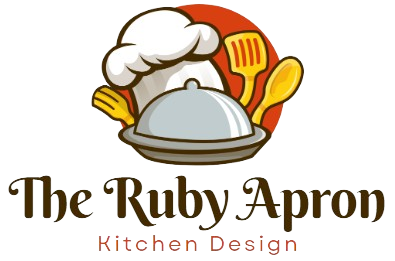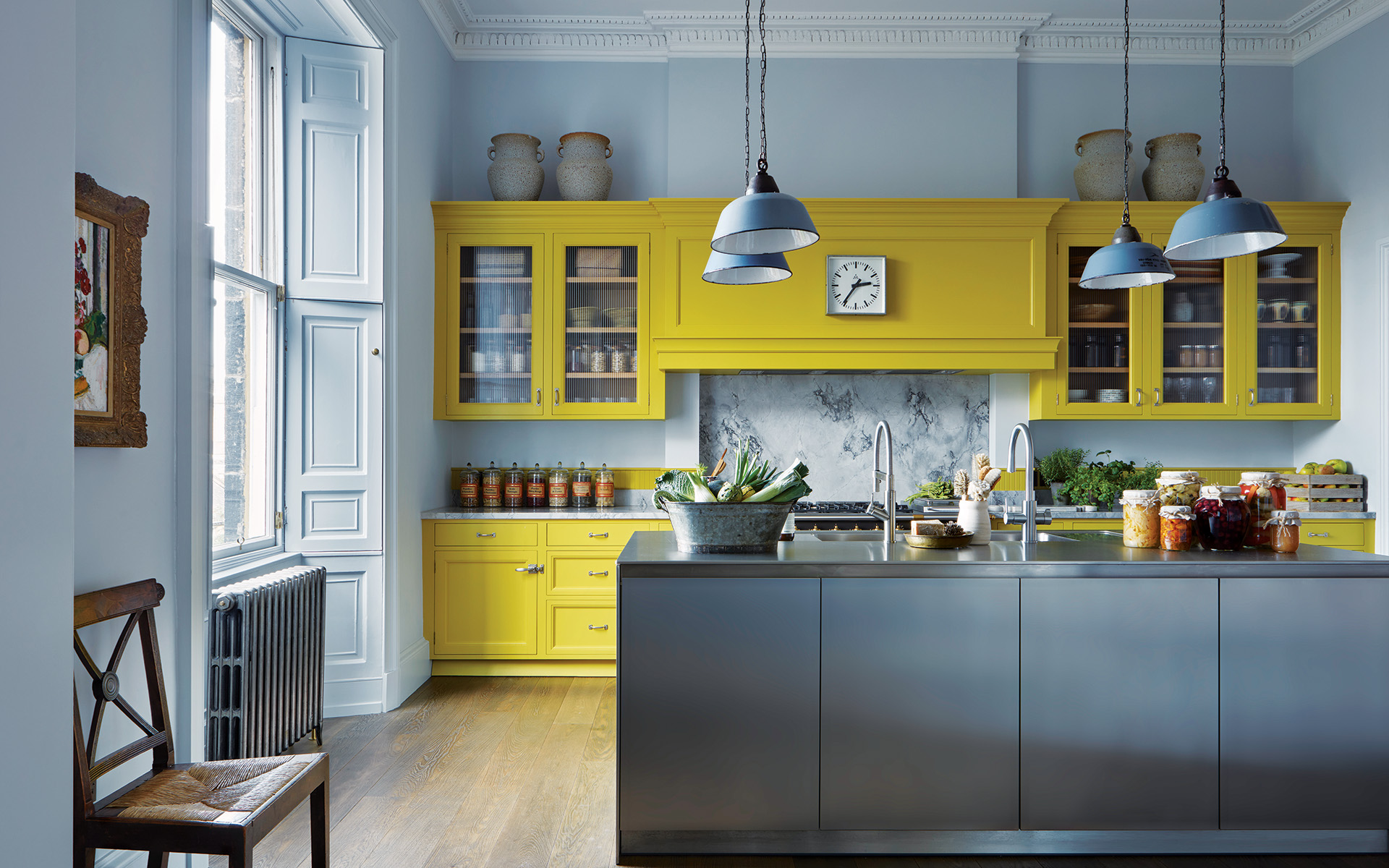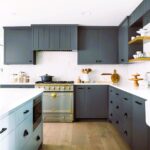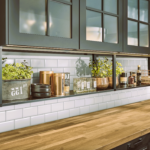The Art of Kitchen Design: Balancing Aesthetics and Functionality
Your kitchen is more than just a place to prepare meals; it’s a hub of creativity, a space where functionality meets aesthetics to create an environment that suits your lifestyle. In this exploration of the art of kitchen design, we delve into the delicate balance between form and function, providing insights and tips to help you transform your kitchen into a masterpiece.
Understanding the Kitchen’s Role: The kitchen is often referred to as the heart of the home, and for good reason. It’s a space where families gather, where memories are made, and where culinary adventures unfold. As such, the design of your kitchen should reflect not only your personal style but also cater to the practical needs of daily life.
Harmony in Design: The first step in achieving a well-designed kitchen is finding harmony between aesthetics and functionality. Aesthetically pleasing designs inspire joy and make your kitchen an inviting place, while functionality ensures that every element serves a purpose.
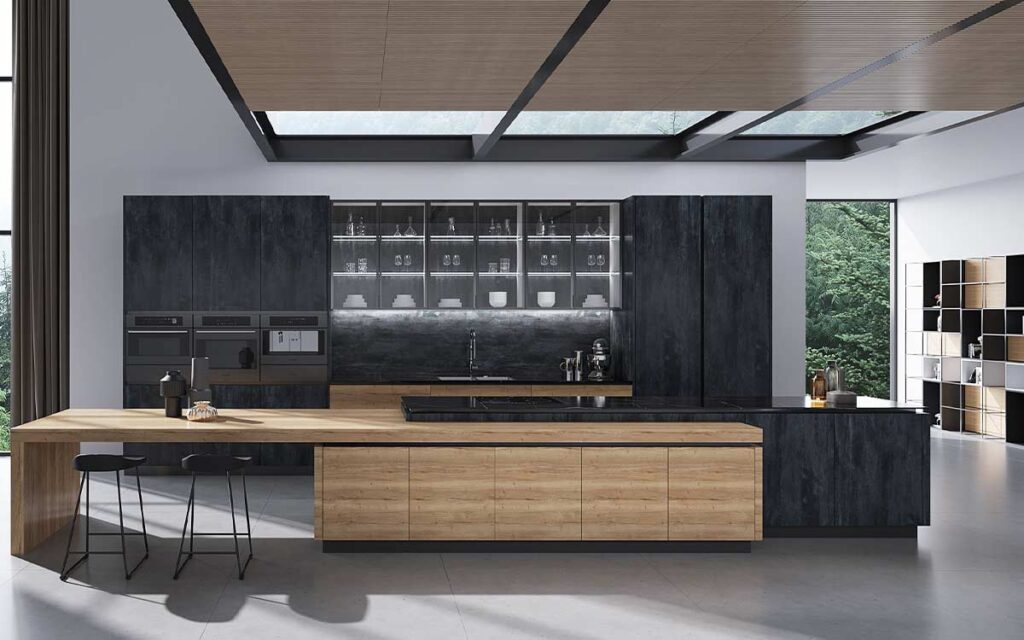
Tip 1: Begin with a Vision Start by envisioning the overall aesthetic you want for your kitchen. Consider your personal style, the existing architecture of your home, and any specific themes that resonate with you. This vision will guide the design process.
Tip 2: Layout Matters The layout of your kitchen plays a crucial role in both aesthetics and functionality. Explore different layouts – from galley kitchens to open concepts – and choose one that complements your lifestyle. An efficient layout enhances workflow and contributes to the overall design.
Tip 3: Color Palette Selection The choice of colors sets the tone for your kitchen. Whether you opt for a classic monochrome scheme or a vibrant palette, ensure it aligns with the mood you want to create. Consider the psychological impact of colors on the overall ambiance.
Innovative Storage Solutions: Aesthetic appeal extends beyond surface-level design; it includes how well your kitchen accommodates your storage needs. Creative storage solutions not only declutter your space but also contribute to the overall design.
Tip 4: Clever Cabinet Designs Explore innovative cabinet designs that optimize storage space. Pull-out shelves, deep drawers, and custom organizers can transform your cabinets into efficient storage hubs. Choosing the right color palette for your dream kitchen, read more in our article.
Tip 5: Open Shelving for Style Open shelving adds a touch of sophistication to your kitchen while showcasing your favorite cookware and accessories. It creates an opportunity for personalization and adds an airy feel to the space.
Bridging Design with Technology: Modern kitchen design seamlessly integrates technology to enhance both aesthetics and functionality. Smart appliances and innovative gadgets contribute to the overall experience.
Tip 6: Smart Appliances Invest in smart appliances that not only make your life easier but also contribute to the overall aesthetic. From touchscreen refrigerators to voice-controlled assistants, technology can elevate your kitchen’s design.
Tip 7: Lighting Magic Lighting is a powerful design element that can transform the look and feel of your kitchen. Explore pendant lights, under-cabinet lighting, and smart lighting systems to create layers of illumination that enhance the aesthetics while providing functionality.
Sustainable Choices for a Greener Kitchen: As environmental consciousness grows, incorporating sustainable elements into kitchen design has become a significant trend. A green kitchen is not only visually appealing but also contributes to a healthier planet.
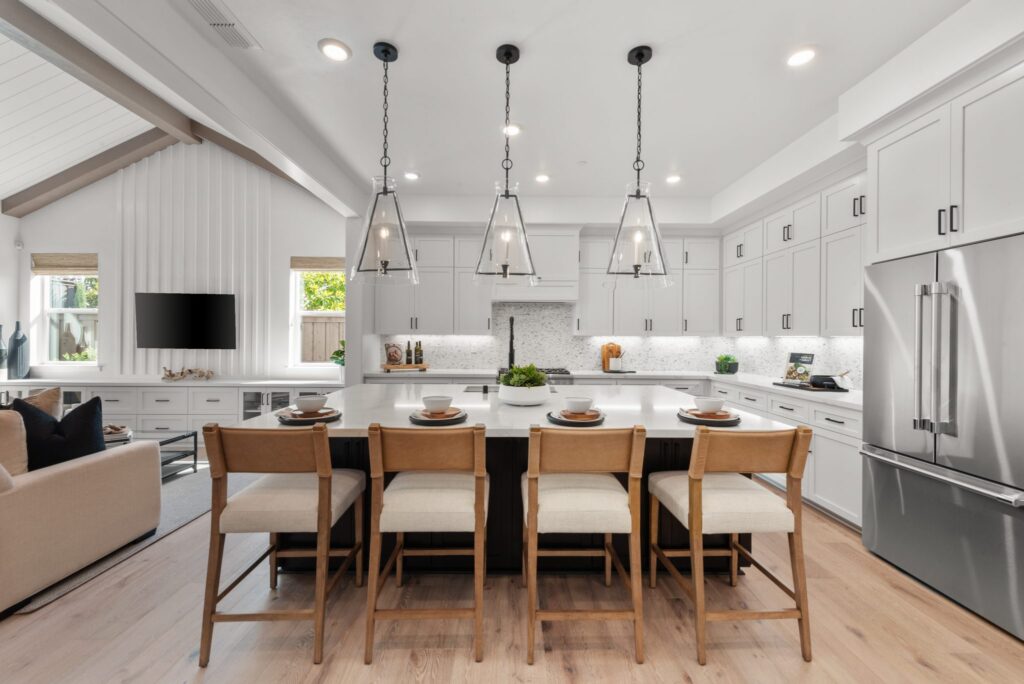
Tip 8: Eco-Friendly Materials Choose materials that are environmentally friendly, such as recycled glass countertops, bamboo flooring, and energy-efficient appliances. These choices not only reduce your carbon footprint but also add a unique flair to your kitchen.
Tip 9: Indoor Plants Bring the outdoors in by incorporating indoor plants into your kitchen design. Not only do they contribute to improved air quality, but they also add a refreshing touch of nature to your space.
The Role of Personalization: A well-designed kitchen should be an extension of your personality. Personalization allows you to infuse your unique style into the space, making it truly yours.
Tip 10: Statement Pieces Introduce statement pieces that reflect your personality, whether it’s a bold backsplash, a unique countertop, or customized hardware. These elements become focal points that enhance the overall aesthetic.
Tip 11: Art in the Kitchen Consider integrating art into your kitchen design. Whether it’s a gallery wall of culinary-themed prints or a single striking piece, art adds a layer of sophistication and personalization.
The art of kitchen design is a harmonious blend of aesthetics and functionality, a dance between beauty and purpose. By envisioning your ideal kitchen, embracing innovative solutions, and incorporating personal touches, you can create a space that not only inspires culinary creativity but also elevates your overall lifestyle.
For more information on kitchen design principles and standards, you can explore resources such as Canada.ca. These sources provide valuable insights into industry standards and additional tips for creating your dream kitchen. Remember, your kitchen is not just a space; it’s a canvas waiting for your artistic touch.
